Our Walk up Mt Caley 13 June
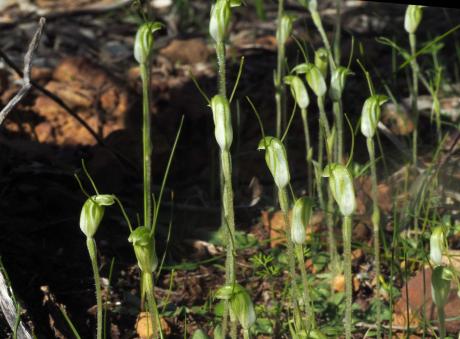
 When John Oxley passed this way in June 1817 he wrote in his diary “We saw no game with the exception of three or four kangaroo rats, many beautiful small parrots were observed, and as barren as the scrub appeared to us, yet our botanists reaped an excellent harvest here. We passed over a rugged, barren, and rocky country for about four miles and a half when we ascended a hill upon our right which promised a view in all directions. To the southward, south-west and even west the country was a perfect plain, interspersed with more of those dreadful scrubs”. This may not have been Mt Caley or some hill nearby but it does indicate the toughness of the country with the impenetrable Cypress Pine and Acacia that he encountered but also the great diversity of plants found on the hills. He was however looking for grass and water for his horses to keep him going which appeared to be scarce. He called Mt Cayley Cave Hill and we should have looked under the ledge at the cairn for that cave.
When John Oxley passed this way in June 1817 he wrote in his diary “We saw no game with the exception of three or four kangaroo rats, many beautiful small parrots were observed, and as barren as the scrub appeared to us, yet our botanists reaped an excellent harvest here. We passed over a rugged, barren, and rocky country for about four miles and a half when we ascended a hill upon our right which promised a view in all directions. To the southward, south-west and even west the country was a perfect plain, interspersed with more of those dreadful scrubs”. This may not have been Mt Caley or some hill nearby but it does indicate the toughness of the country with the impenetrable Cypress Pine and Acacia that he encountered but also the great diversity of plants found on the hills. He was however looking for grass and water for his horses to keep him going which appeared to be scarce. He called Mt Cayley Cave Hill and we should have looked under the ledge at the cairn for that cave.
On our walk in this relatively wet year we saw mounds of iridescently green mosses and Pomaderris cocoparrana seedlings emerging amongst the rocks with occasional last year’s plants which were larger and had escaped chewing by goats with a few daring to flower.
The common Dwarf Greenhood (Pterostylis nana) was flowering everywhere. The hoods of the individuals in a clump face all different directions, this may be to increase their chances of pollinations by tiny fungi gnats. Remains of Autumn greenhood (Pterostylis revoluta ) were seen and the robust rosettes of Midget Greenhood (Pterostylis mutica) yet to flower in Spring.
Steve turned over a rock to look at termites only to uncover a large green legged centipede (genus Cormocephalus)! It must have been having a feast. Other invertebrates seen were a lovely Australian Golden Orbweaver (Trichonephila edulis) and an iridescent beetle (Pseudotaenia waterhousi). (Thanks to identification from iNaturalist).

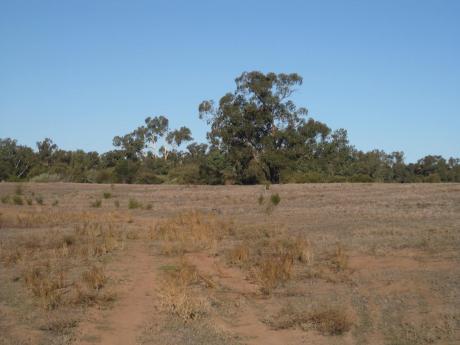
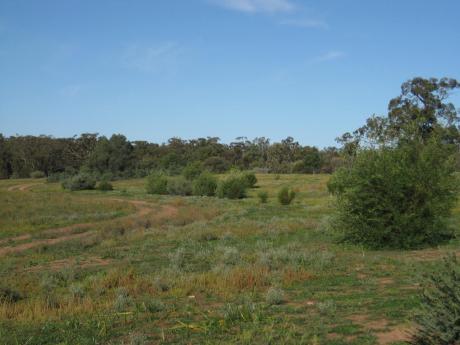 Recently I ventured to the Sandhills Rehabilitation block in MIA I - it being almost in my backyard. MFN did a fieldtrip there in May 2018, and we noted how the direct seeding done in 2015 was progressing, and we wandered around the early 2000’s planting of tube stock by NSW Forests. Back then we could see some success with the direct seeding and generated a limited bird list from the older plantings on top of the hill.
Recently I ventured to the Sandhills Rehabilitation block in MIA I - it being almost in my backyard. MFN did a fieldtrip there in May 2018, and we noted how the direct seeding done in 2015 was progressing, and we wandered around the early 2000’s planting of tube stock by NSW Forests. Back then we could see some success with the direct seeding and generated a limited bird list from the older plantings on top of the hill.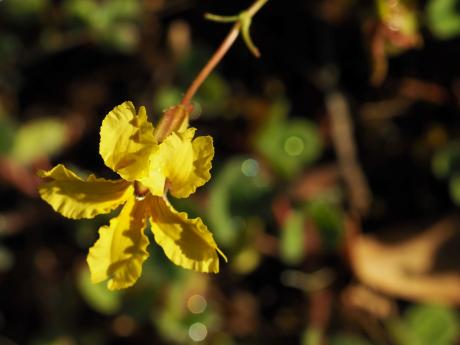
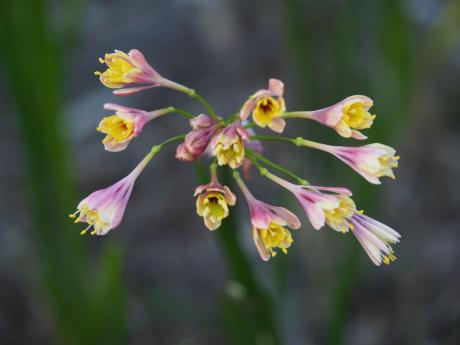 These sunny autumn days are great to explore the natural areas around Narrandera. The wonderful thing is that you don’t have far to go just to get to the Flora and Fauna reserve (the Common) and the Narrandera Regional Reserve with the Murrumbidgee River floating past.
These sunny autumn days are great to explore the natural areas around Narrandera. The wonderful thing is that you don’t have far to go just to get to the Flora and Fauna reserve (the Common) and the Narrandera Regional Reserve with the Murrumbidgee River floating past.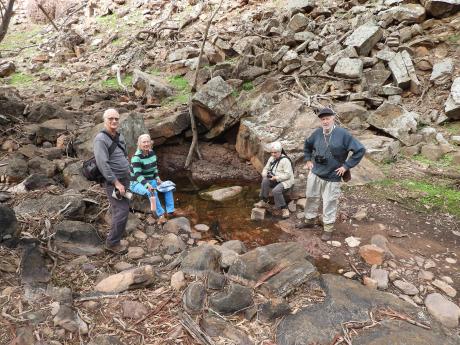
 We all, for the first time this year clad in jumpers and jackets, assembled at 8.30am at Yenda for our Cocoparra Ranges outing on Saturday, March 13.
We all, for the first time this year clad in jumpers and jackets, assembled at 8.30am at Yenda for our Cocoparra Ranges outing on Saturday, March 13.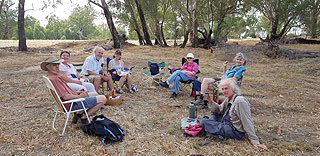
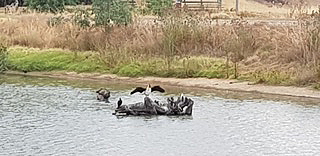 Long time MFN member from Griffith, Melanie Baulch has put forward the proposition for forming an affiliated group in Wagga Wagga. After moving there a few years ago she hasn’t found a group that fits with the way she likes to see nature so wants to rectify that and become part of MFN. Field naturalist groups are quite unique. It is proposed to have a sub-committee with a vice president and other positions to organise events around Wagga. Current members will be encouraged to participate in these activities. This will be a similar setup to when Griffith held meetings and organised outings.
Long time MFN member from Griffith, Melanie Baulch has put forward the proposition for forming an affiliated group in Wagga Wagga. After moving there a few years ago she hasn’t found a group that fits with the way she likes to see nature so wants to rectify that and become part of MFN. Field naturalist groups are quite unique. It is proposed to have a sub-committee with a vice president and other positions to organise events around Wagga. Current members will be encouraged to participate in these activities. This will be a similar setup to when Griffith held meetings and organised outings.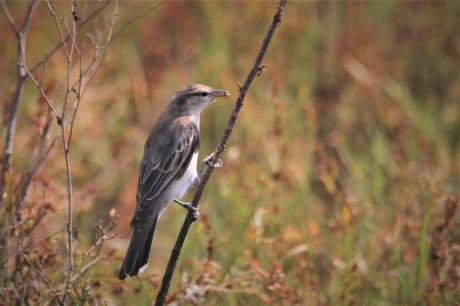
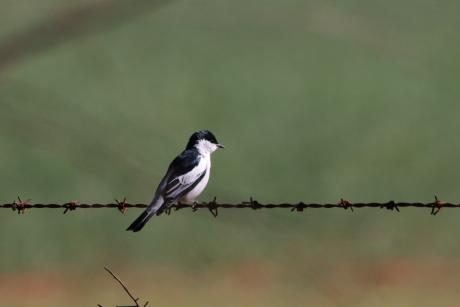 It is always of interest to notice how birds move within Eastern Australia at various times of the year. In this article I am not referring to the Migratory Wading Birds that we know about but local Australian species.
It is always of interest to notice how birds move within Eastern Australia at various times of the year. In this article I am not referring to the Migratory Wading Birds that we know about but local Australian species.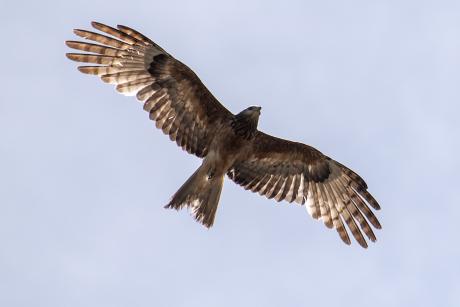 On November the 16th a group of us gathered at the Lions park in Darlington Point in preparation for an excursion into the Murrumbidgee Valley National Park at the Cuba entrance. It was a very cool morning for the middle of November so there was some exchange of jackets before we headed the couple of kilometres back toward Leeton to the Cuba Forest.
On November the 16th a group of us gathered at the Lions park in Darlington Point in preparation for an excursion into the Murrumbidgee Valley National Park at the Cuba entrance. It was a very cool morning for the middle of November so there was some exchange of jackets before we headed the couple of kilometres back toward Leeton to the Cuba Forest.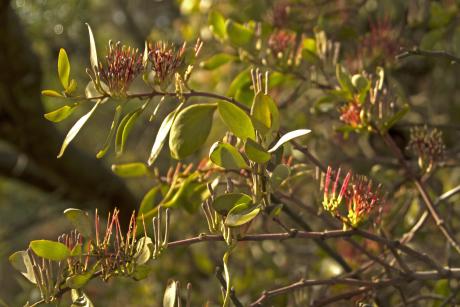
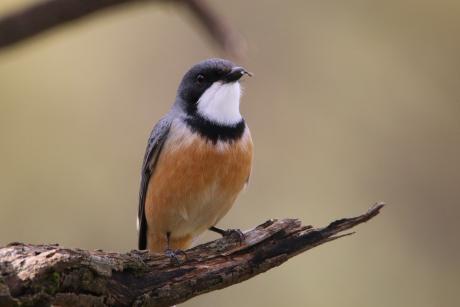 Ten brave souls met at the Tourist Information Centre in Griffith trusting in my ability to get us to McCann Road.
Ten brave souls met at the Tourist Information Centre in Griffith trusting in my ability to get us to McCann Road.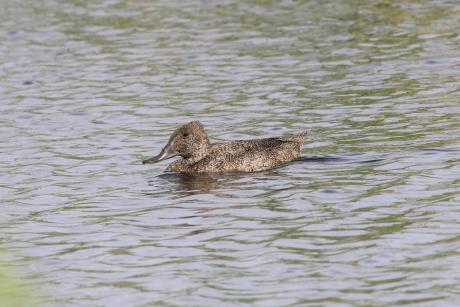
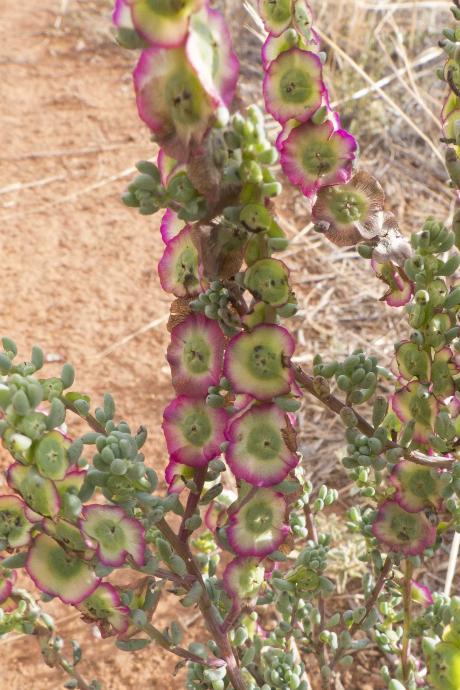
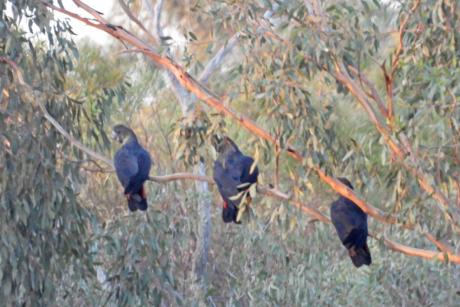
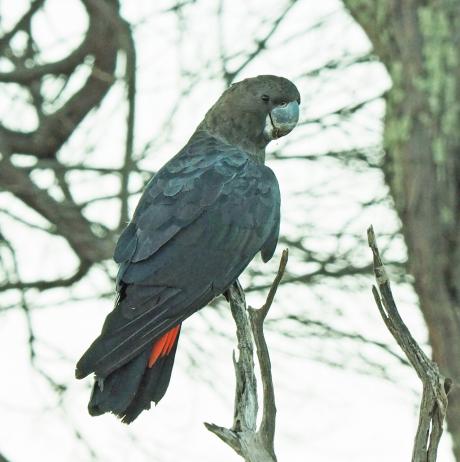 After a very extended dry period we had up to 50 ml in the Narrandera, Brobenah and Cocoparra Ranges a fortnight before the census. We thought we would struggle to find dams with water in them at all and that was the case in Binya State Forest and the Cocoparra National Park. The Narrandera Hills and Brobenah had some dams with water. This could actually have been a good thing as it concentrated the birds into one area. In the end we looked at dams that we had looked at in previous years which is a good thing for ongoing data. If anyone heard a begging youngster though I would like to know about it and add it to my records.
After a very extended dry period we had up to 50 ml in the Narrandera, Brobenah and Cocoparra Ranges a fortnight before the census. We thought we would struggle to find dams with water in them at all and that was the case in Binya State Forest and the Cocoparra National Park. The Narrandera Hills and Brobenah had some dams with water. This could actually have been a good thing as it concentrated the birds into one area. In the end we looked at dams that we had looked at in previous years which is a good thing for ongoing data. If anyone heard a begging youngster though I would like to know about it and add it to my records.